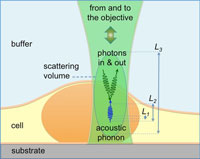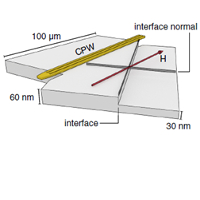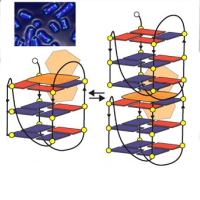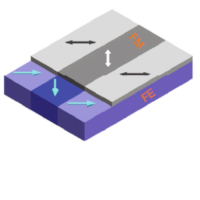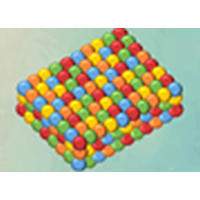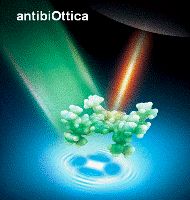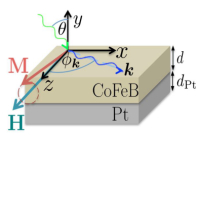Pushing the High-Energy Limit of Plasmonics
| Title | Pushing the High-Energy Limit of Plasmonics |
| Publication Type | Journal Article |
| Year of Publication | 2014 |
| Authors | Bisio, F, Zaccaria, RProietti, Moroni, R, Maidecchi, G, Alabastri, A, Gonella, G, Giglia, A, Andolfi, L, Nannarone, S, Mattera, L, Canepa, M |
| Journal | ACS nano |
| Volume | 8 |
| Pagination | 9239–9247 |
| ISSN | 1936-0851 |
| Keywords | aluminum, nanoparticle, plasmonics, self-organization, ultraviolet |
| Abstract | The localized surface plasmon resonance of metal nanoparticles allows confining the eletromagnetic field in nanosized volumes, creating high-field \"hot spots\", most useful for enhanced nonlinear optical spectroscopies. The commonly employed metals, Au and Ag, yield plasmon resonances only spanning the visible/near-infrared range. Stretching upward, the useful energy range of plasmonics requires exploiting different materials. Deep-ultraviolet plasmon resonances happen to be achievable with one of the cheapest and most abundant materials available: aluminum indeed holds the promise of a broadly tunable plasmonic response, theoretically extending far into the deep-ultraviolet. Complex nanofabrication and the unavoidable Al oxidation have so far prevented the achievement of this ultimate high-energy response. A nanofabrication technique producing purely metallic Al nanoparticles has at last allowed to overcome these limits, pushing the plasmon resonance to 6.8 eV photon energy (approximate to 180nm) and thus significantly broadening the spectral range of plasmonics\' numerous applications. |
| DOI | 10.1021/nn503035b |

